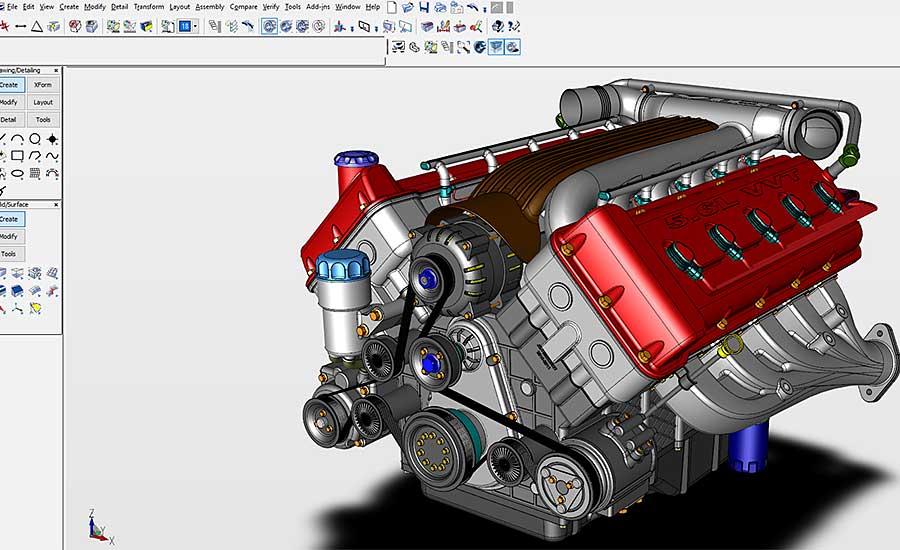

, introduced a new era of harvesting micro energy. In addition to the traditional piezoelectric, electromagnetic, and electrostatic generators, the triboelectric nanogenerator (TENG) proposed by Wang et al. Micro energy harvesting technology has developed rapidly in recent years. The harmonic balance analysis in this study will contribute to the structural optimization design of the FS-TENG and further promote the development of the FS-TENG for engineering practicability. Based on these results, the effects of vibration excitation amplitude, contact stiffness, and structural damping on the output characteristics of the system are discussed. The influence of the nonlinear variation of electrode distance on the output characteristics of the FS-TENG is further examined through comparison with the existing model. Both numerical integration and dynamic tests are conducted to verify the accuracy of the harmonic balance analysis. The stability of harmonic balance solutions is determined through an eigenvalue analysis in the frequency domain. The arc-length continuation method is utilized to track the multisolution region owing to bifurcation. The harmonic balance method and alternate frequency/time domain method are adopted to obtain the steady-state output characteristics of the FS-TENG. Combined with an equivalent circuit differential equation, the electromechanical coupling model of the FS-TENG with nonlinear variation in the electrode distance is established.

Considering the contact-impact force between the free-standing layer and fixed electrodes, the piecewise linear differential equation of motion of the layer is derived.

Harmonic balance analysis of the output characteristics of free-standing mode triboelectric nanogenerators (FS-TENG) is conducted in this study.


 0 kommentar(er)
0 kommentar(er)
